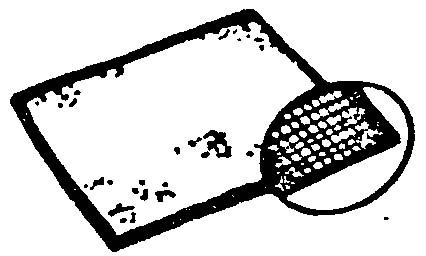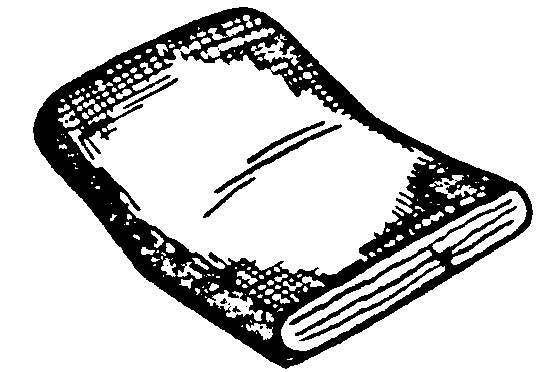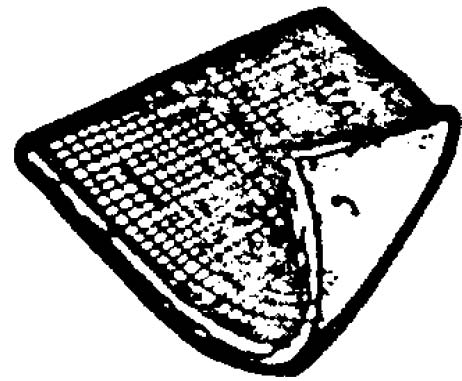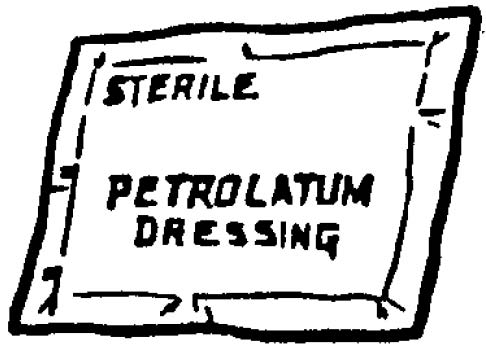Sterile Procedures
LESSON 4: Procedures Used in Wound Care
4-2
4-2. DRESSING MATERIALS
Various types of dressing materials can be used when applying or changing a dressing. The following are those most frequently used.
a. Coarse Mesh Gauze Sponge. Coarse mesh gauze sponge
(figure 4-1) is commonly used as an intermediate layer in many dressings. It is available in several sizes, but the ones used routinely are 2 x 2 inches, 4 x 4 inches, and 4 x 8 inches.
Figure 4-1. Mesh gauze.
b. Abdominal Pad. The abdominal (ABD) pad (figure 4-2) is a large, thick, multilayered absorbent dressing. It is used as an intermediate layer in many dressings. It is primarily used for postoperative abdominal incisions.
Figure 4-2. Abdominal pad.
c. Telfa Pad. The Telfa pad (figure 4-3) is a pad with a plastic-like coating on one side of gauze dressing which prevents the dressing from sticking to the wound.
Figure 4-3. Telfa pad.
d. Petrolatum (Vaseline) Gauze. The petrolatum gauze (figure 4-4) consists of gauze coated with petroleum jelly. It is used to protect tissue from drying, to prevent adherence to the wound, and to create an airtight seal.
Figure 4-4. Petrolatum dressing.





